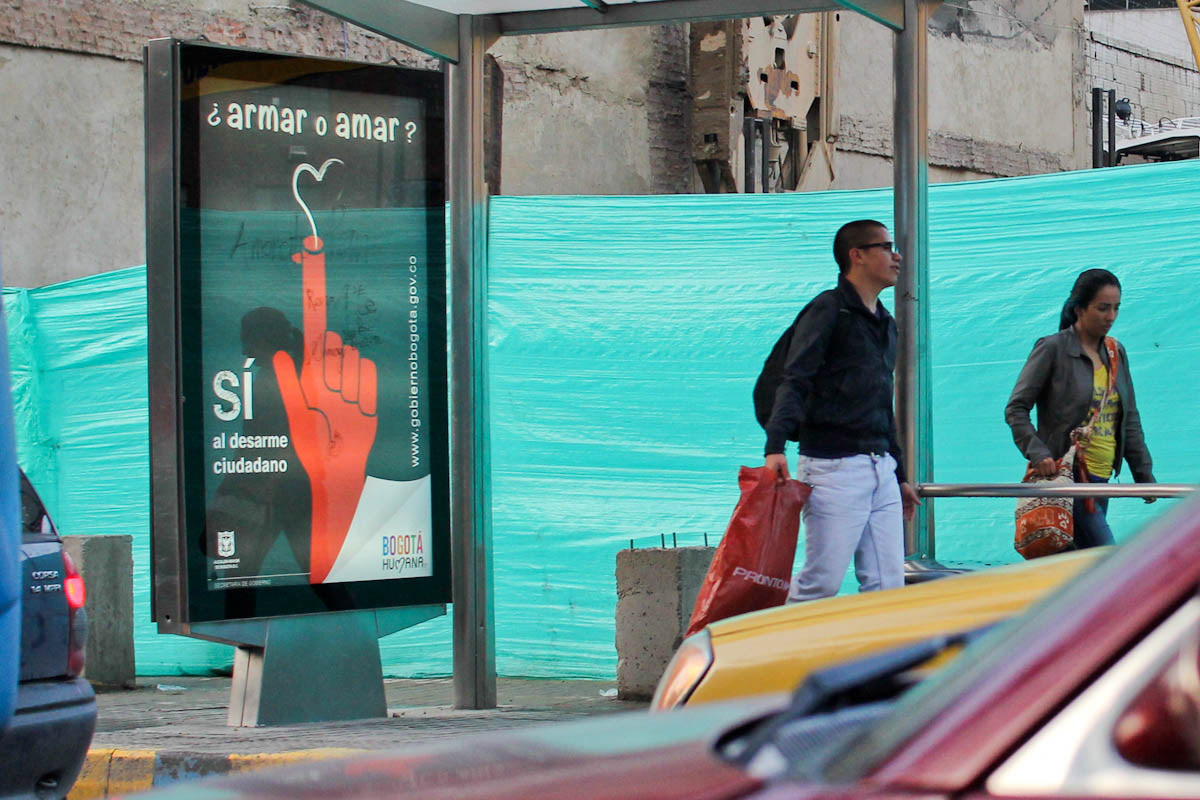Colombia has it all! Part of Ands with 15 mountains with altitude over 5000 m, Pacific Ocean in the west and warm Caribbean sea in the north with one of the most beautiful beaches in the world. There are huge areas of Amazon rainforest in the south and savanna in the east. In addition Colombia is the second country in the world by the number of different species of animals and plants, right after Brazil. It has over 50 national parks.

Fear and prejudice, which I had before the trip were dashed as soon as I first walked across the colorful streets of the old colonial neighborhood "La Candelaria", the heart and cultural center of the 8-million-Colombian capital. The warmth and openness of the people does not give the impression that the city was not long ago one of the most dangerous cities in the world.


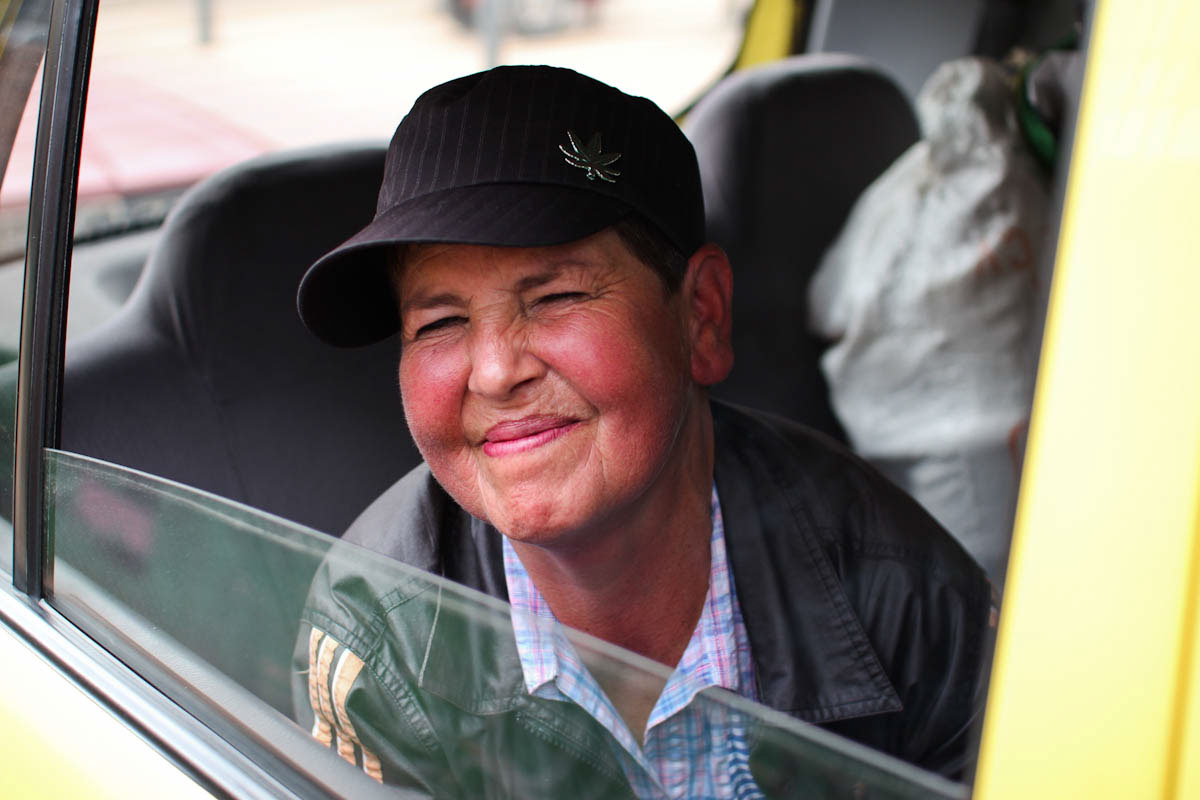


So I and my companion Csaba from Hungary quickly found ourselves in a company of Colombian students who were also intending to explore their country. Together we visited 5300 m high volcano Nevado del Ruiz in Los Nevados National Park, famous especially after desolated moon look alike rocky landscape. In a time when we were there the volcano began to show signs of activity (February 2012). On March 2012, the Nevados National Natural Park authority decided to shut the reserve to visitors, following the increment of the threat level from yellow to orange. The orange level means the volcano could erupt within days or weeks.
Later I read that volcano erupted on June 30, 2012. They had to evacuate 2,300 people from nearby villages and suspend commercial flights in the cities of Armenia, Manizales and Pereira, but there were no reports of casualties, injuries or property damage.
In 1985 when Nevado del Ruiz erupted, it virtually erased the small town of Armero in Tolima, which lay in the Lagunilla River valley. Only one quarter of it's 28,700 inhabitants survived. The Armero tragedy, as the event came to be known, was the second-deadliest volcanic disaster in the 20th century, being surpassed only by the 1902 eruption of Mount Pelée.




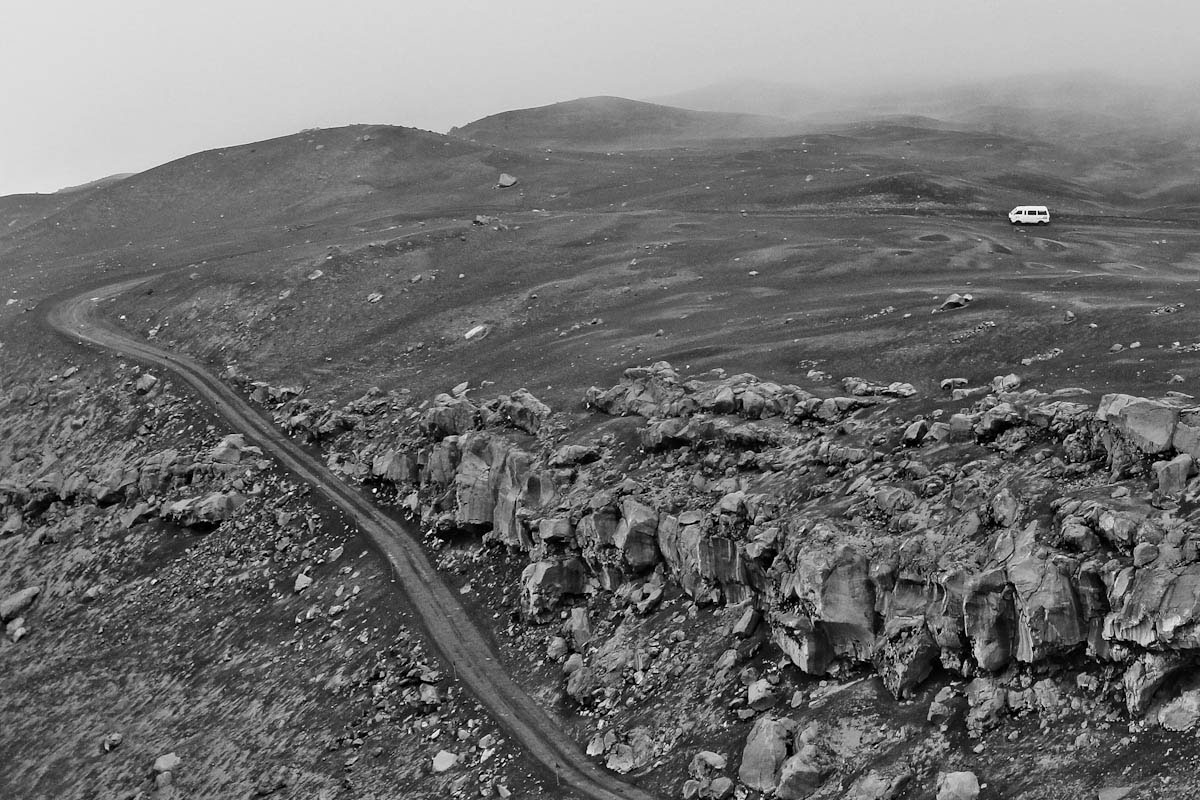
Another attraction of Los Nevados park is Valle de Cocora, a beautiful valley and the only place where they grow up to 60 m high wax palms (Ceroxylon quindiuense). Protected palm trees are one of the Colombian symbols.
The path through the valley can be seen on foot or by horse. When haggling for the price of renting horses definitely helped the fact that we were in the company of locals so we got a good price. Good mood was further lifted by the sun, which has shown from behind the clouds and a small bottle of local spirits Aguardiente, that we have been brotherly passing one to another. In this valley you can see the reserve where hummingbirds live freely in the wild. Manager of a hut in this reservation was happily telling me that with this company he doesn’t miss TV at all.
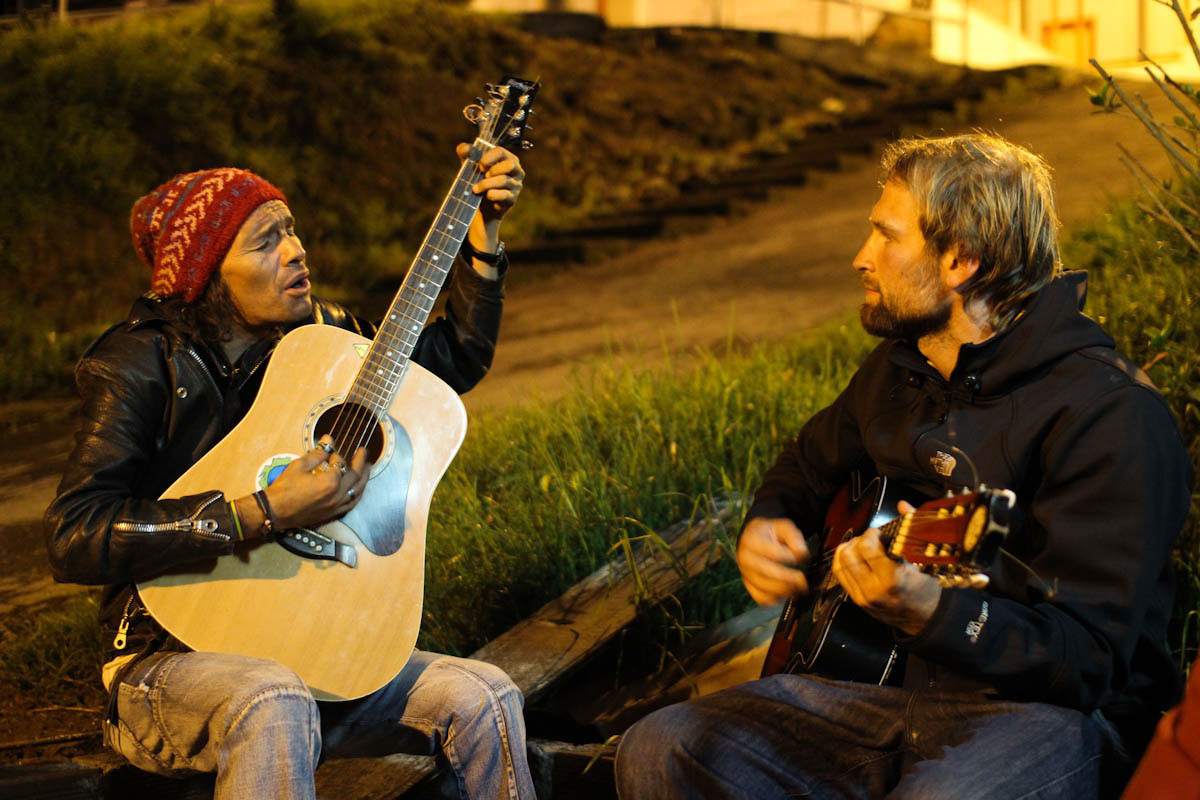

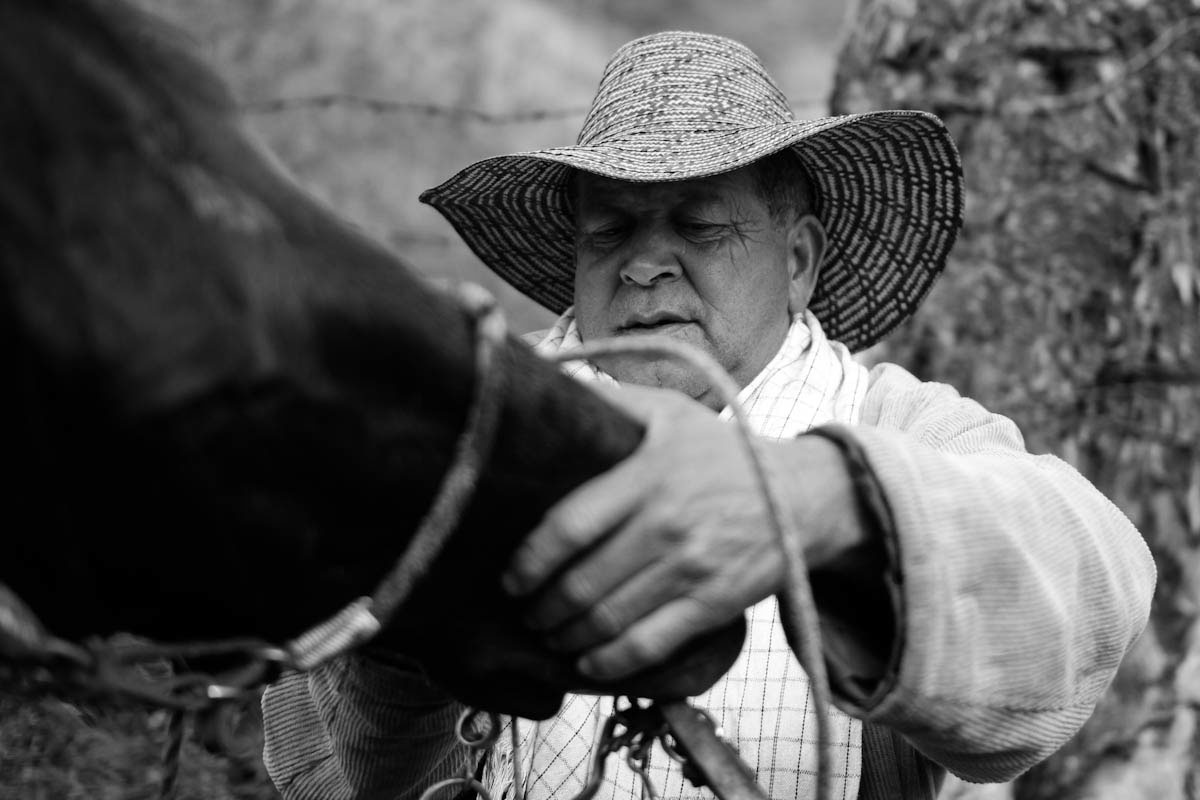
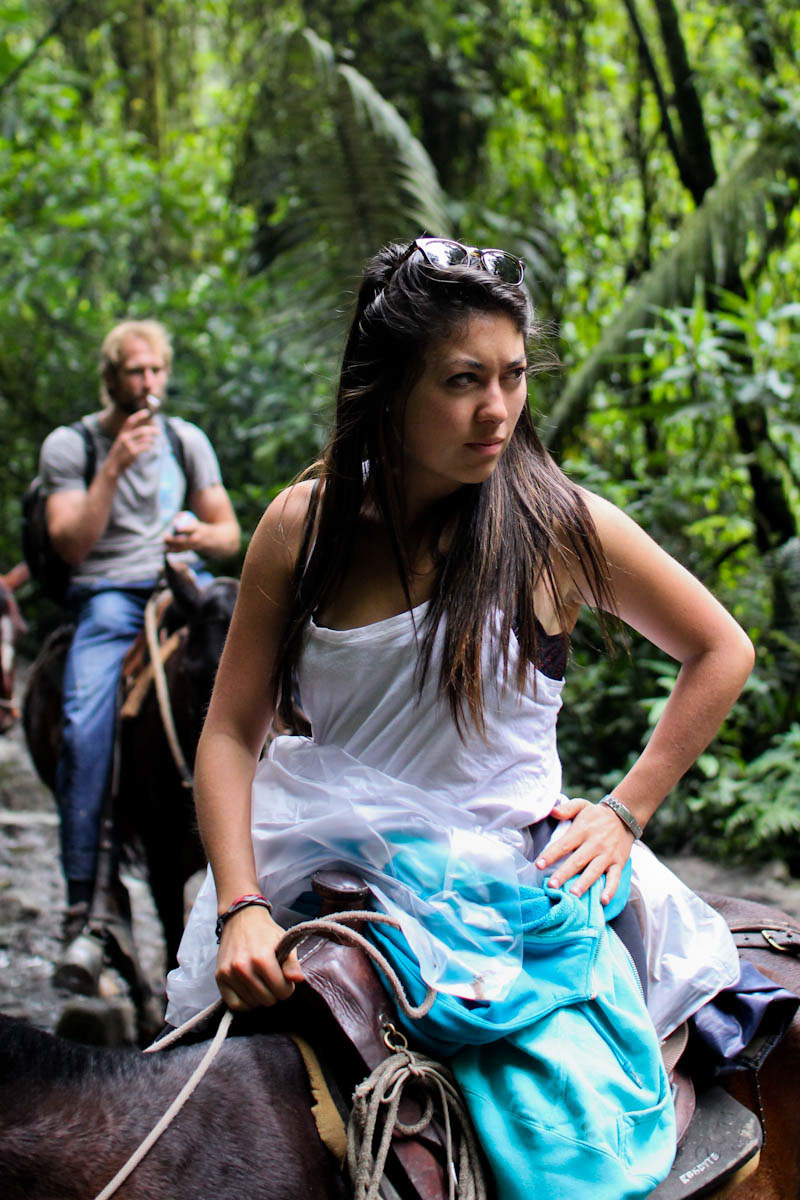

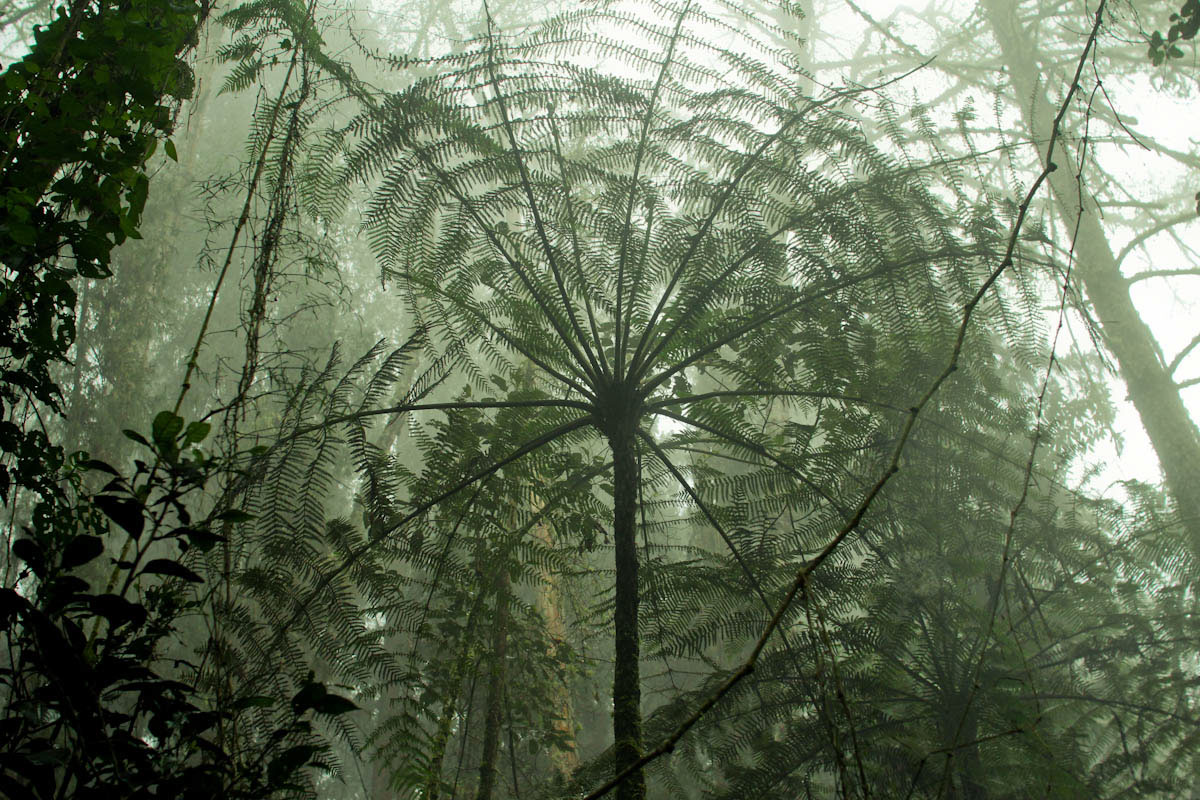


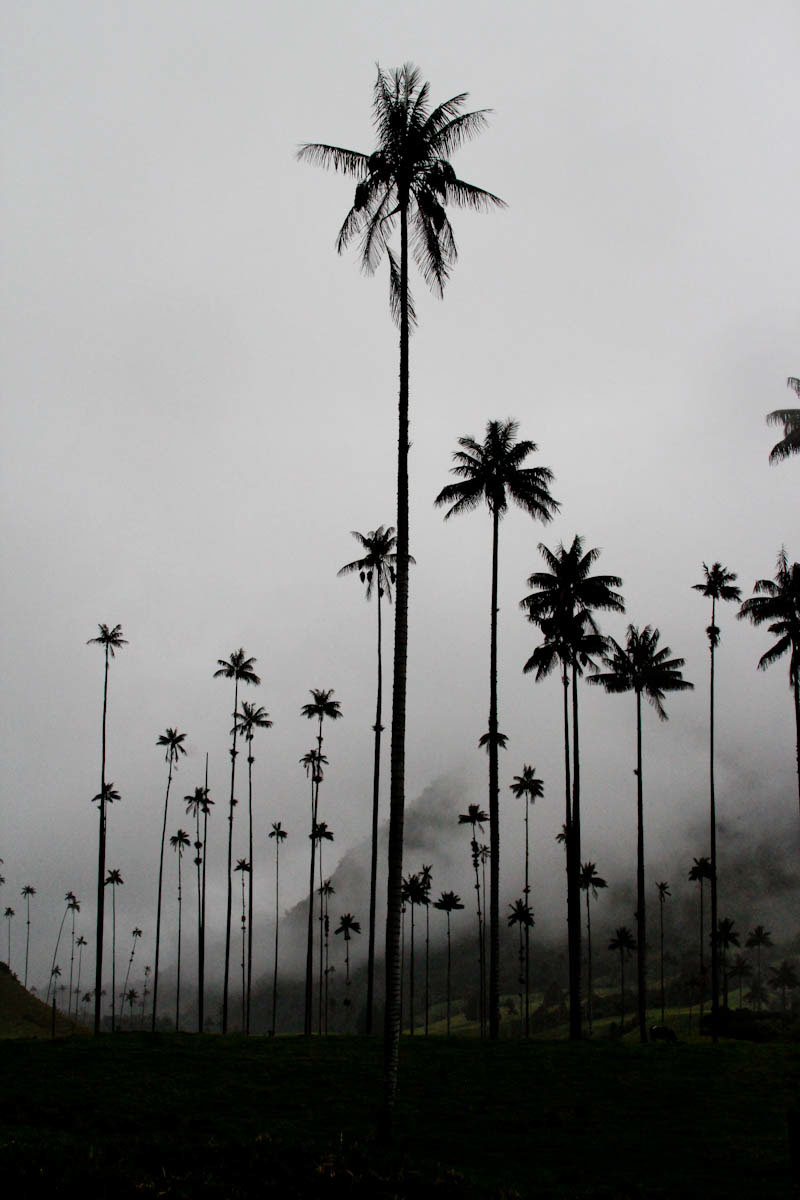
The second largest city of Colombia, Medellin, was two decades ago known for Medellin’s narco-cartel and charismatic leader Pablo Escobar and today is one of the safest and most modern cities in Latin America.
Due to a favorable climate locals like to call Medellin “the city of eternal spring”. Today it blooms, both economically as well as literally. It is known for growing flowers and lately also as Latin American Milano, due to its’ high-fashion prominence.



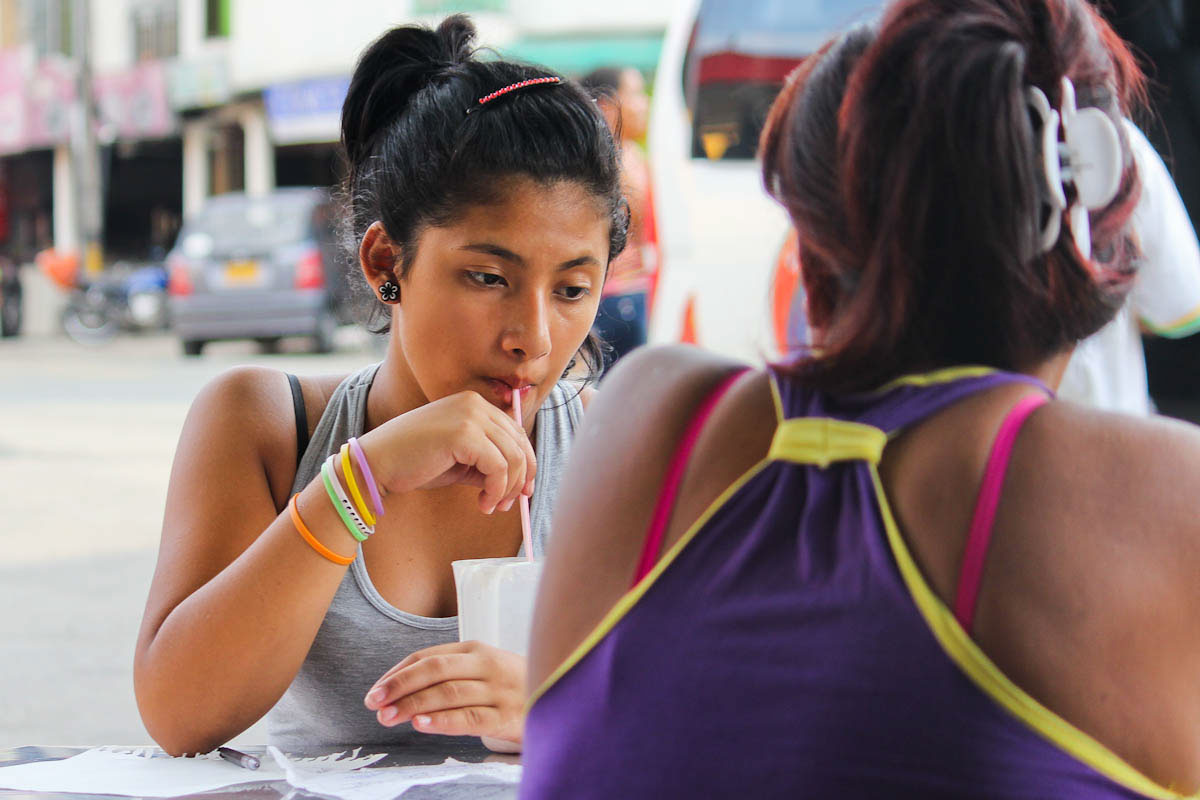



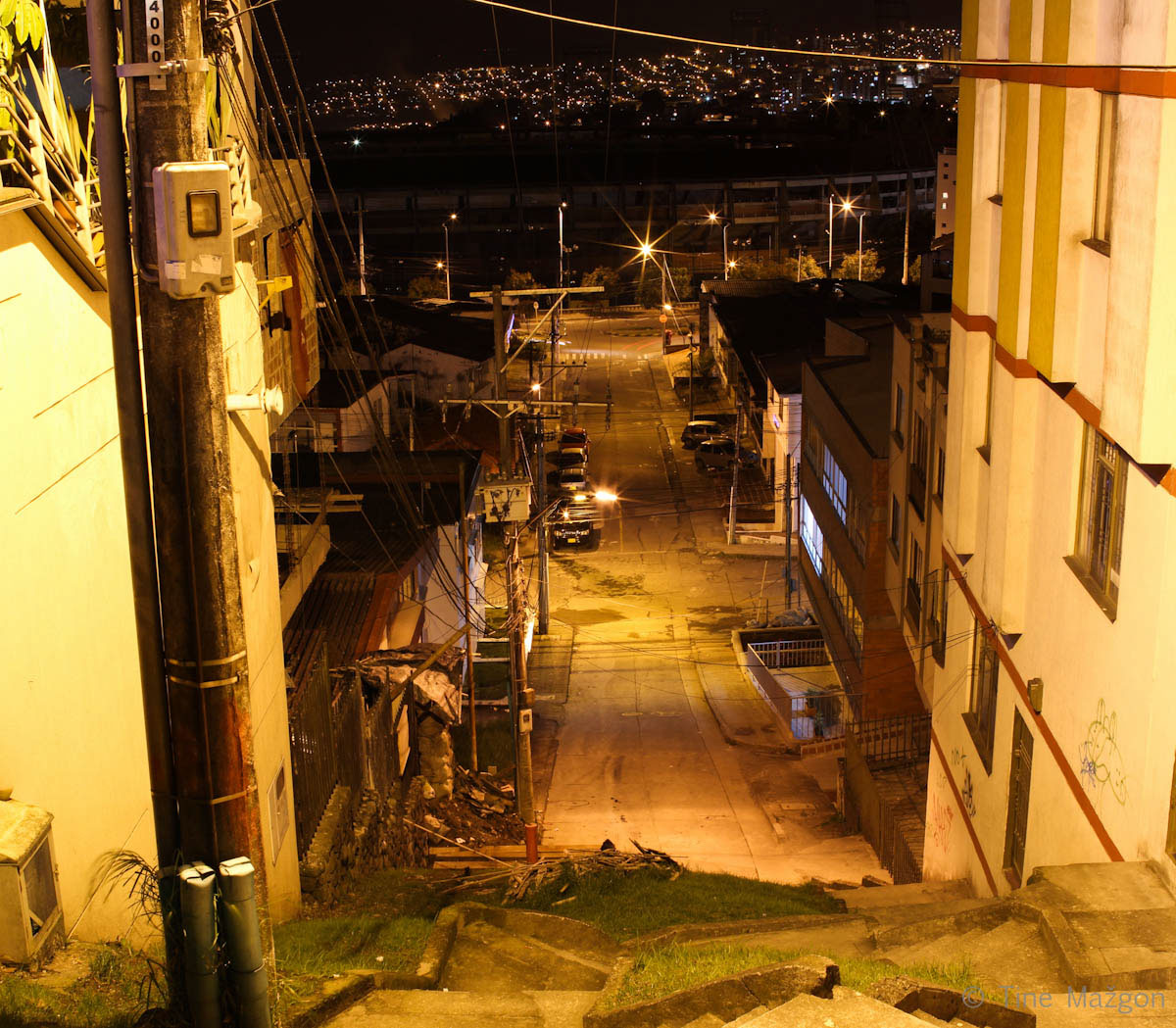
Despite the fact that the city has much to offer, it drove us more in the nature. So we withdrew for a few days in the green village Guatapé, a popular weekend destination for people who lives Medellin. Cities would not exist, if authority would not build a huge dam in 1970. From the extremely rugged terrain is the resulting 56 km2 artificial lake full of small islands and long capes.
Guatapé is also known for its colorful facades of their small houses which are still being built in a somewhat colonial style. Each house has its’ own special drawings or decorations on facade, normally in vivid colors. On these facades they can present their loyalty to their country, their jobs or it can be just a decoration.

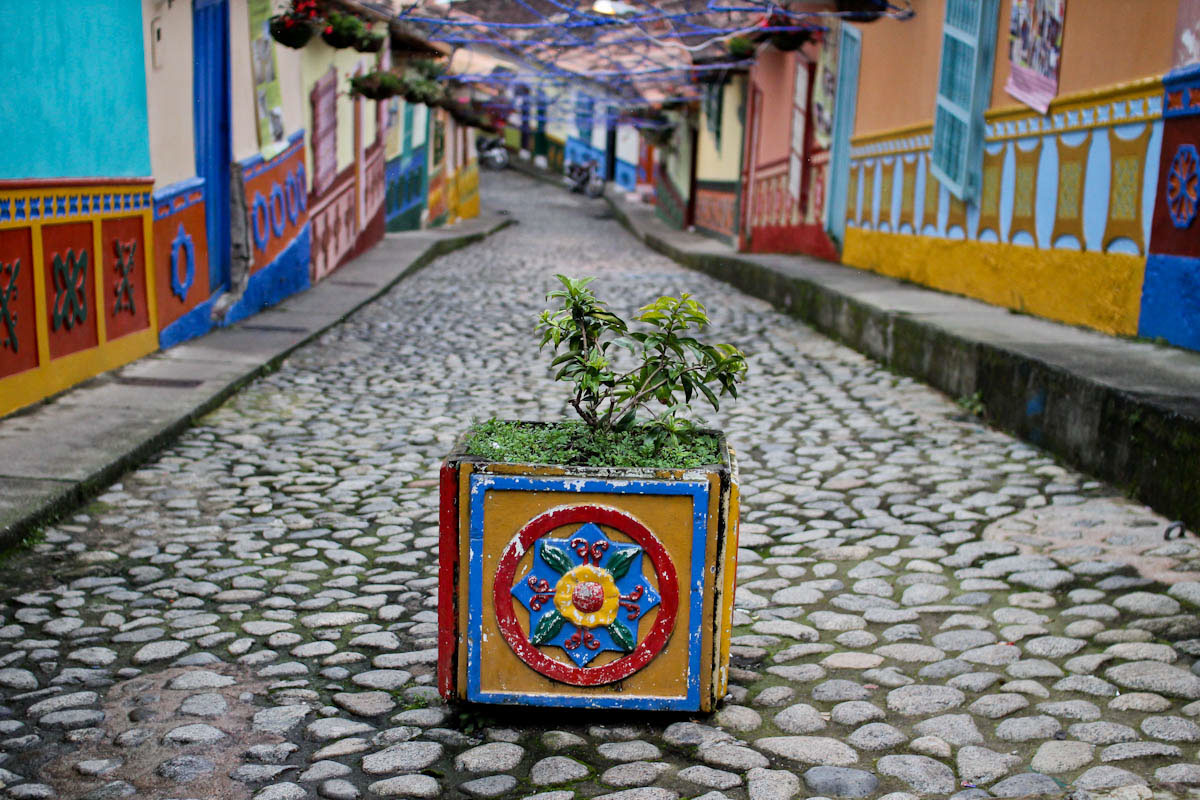
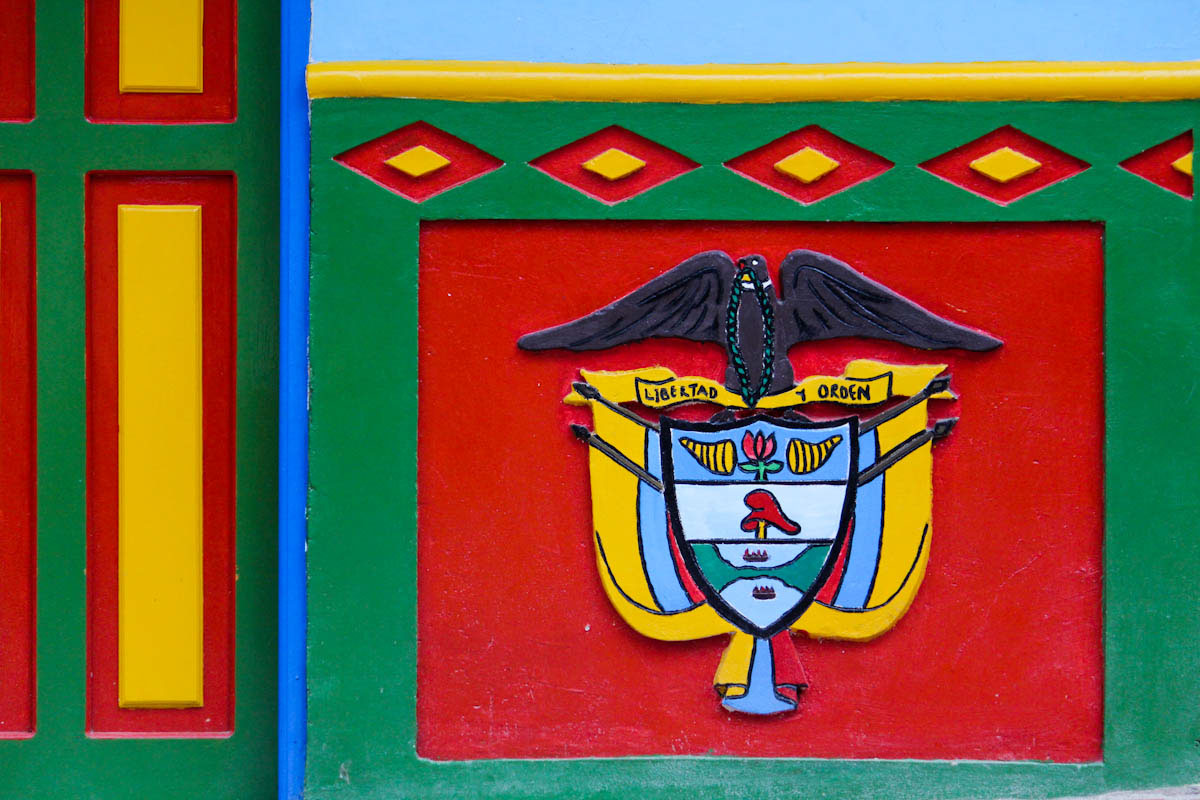


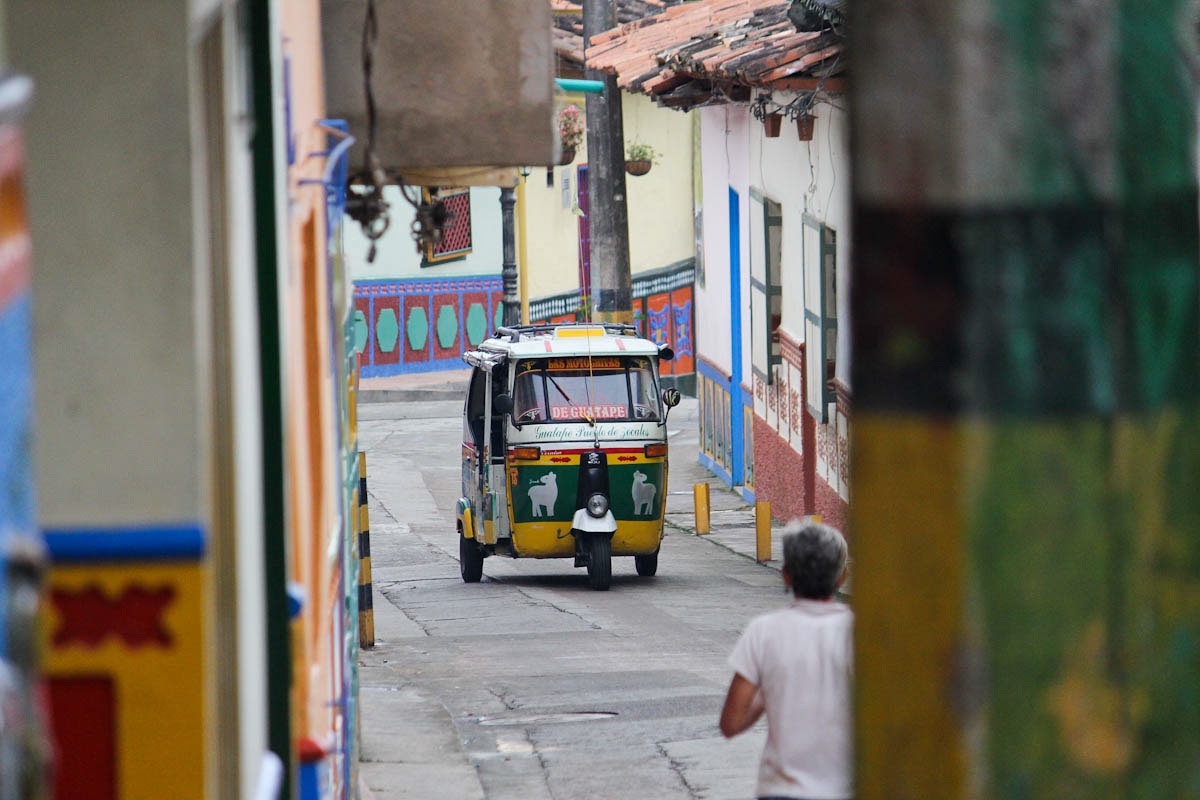


Touristic most developed part of the country is north with the Caribbean Sea. With a tropical climate, beautiful beaches and an average annual temperature of about 30 ° C to attract American tourists, as well as tourists from the south of Latin America. North among other things boasts with two oldest cities: Santo Marta, founded in 1525, and eight years younger Cartagena. Santa Marta is especially interesting for tourists due to its proximity to the national park Tayrona and Taganga village.
Tayrona Park charms with impenetrable wilderness, 108 species of mammals, 300 species of birds and heavenly beaches, which are due to the absence of tourist complexes throughout the year mostly desolated. Taganga is a quiet fishing village, but in the nights turns into a wild partying place.

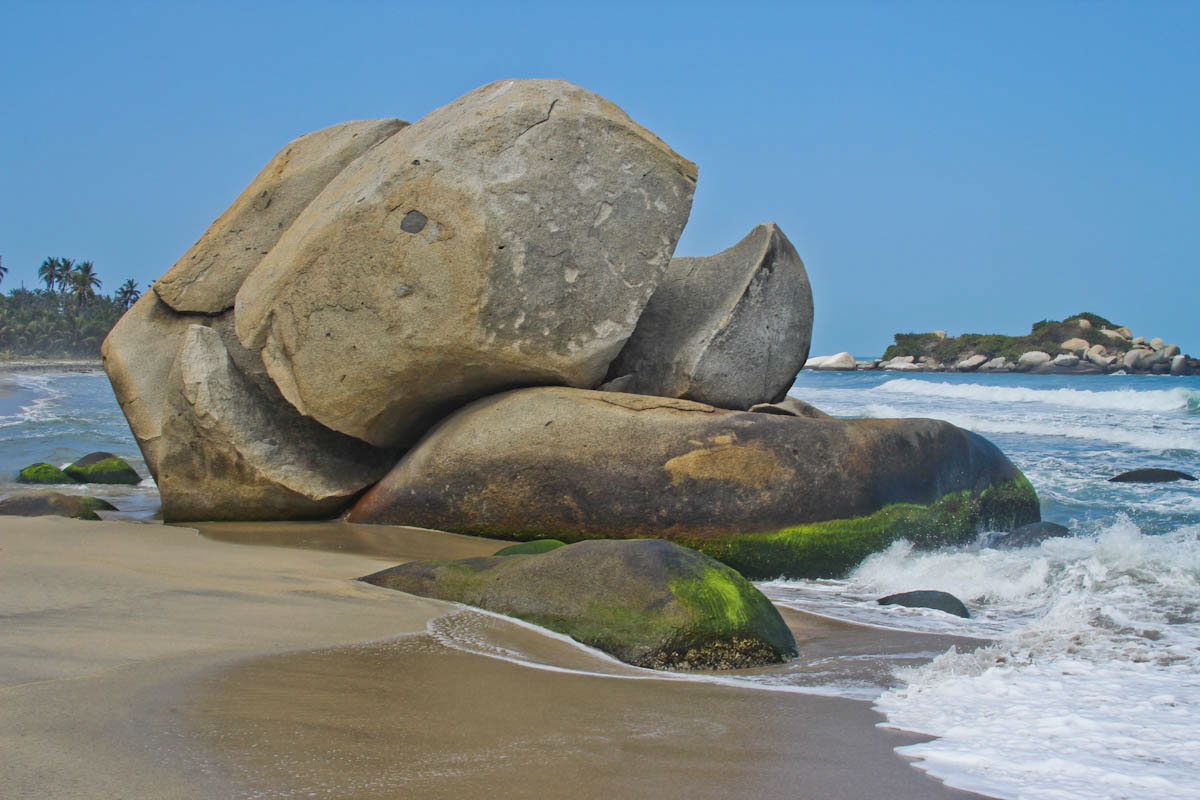



Cartagena, due to poor suburbs and leisurely inhabitants doesn’t fascinate at first glance, but the old city center with extremely well-preserved colonial buildings take you to a time when this city was one of the main ports on the entire continent. Due to the exceptional location and booming economy, this city was often the target of French and English pirates. You can still visit several fortresses that were built for protection of the city on the nearby island. One of the reasons to visit Cartagena is also proximity to the beach with white sand, after which it was named: Playa Blanca and coral underwater national park Rosario y San Bernando, ideal for underwater tourism.
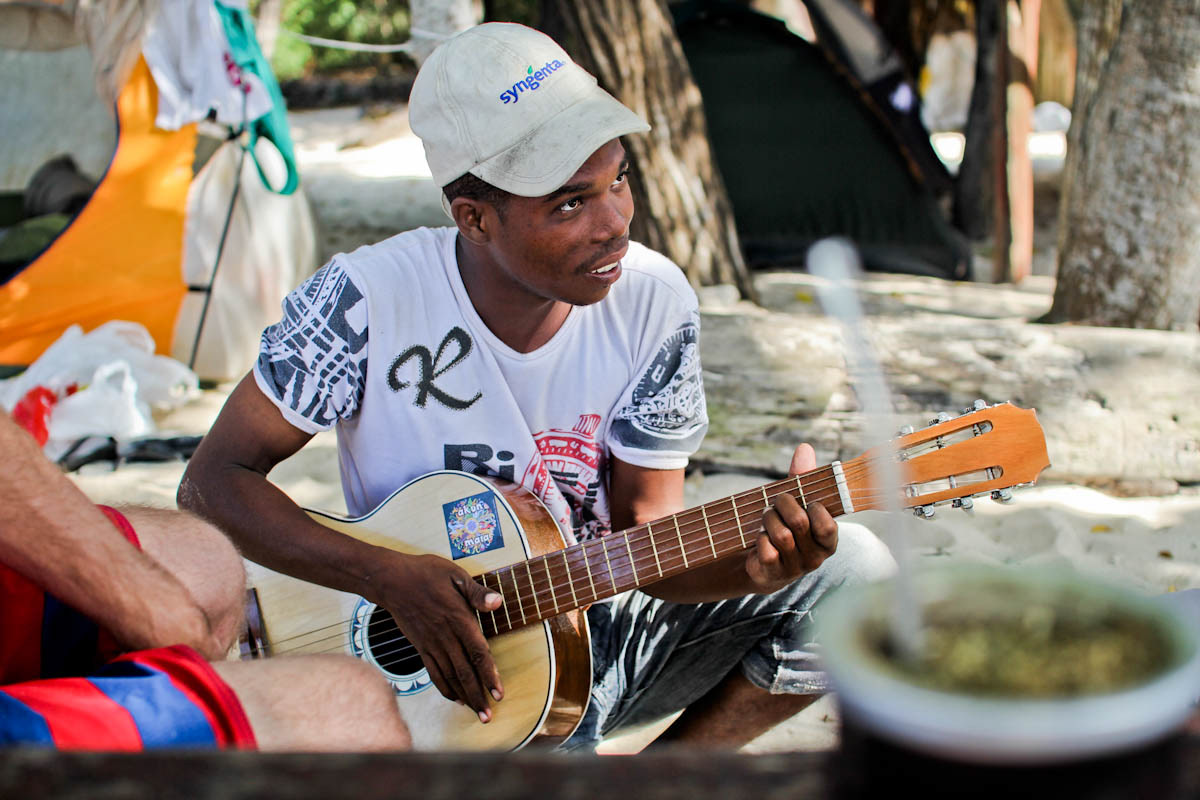
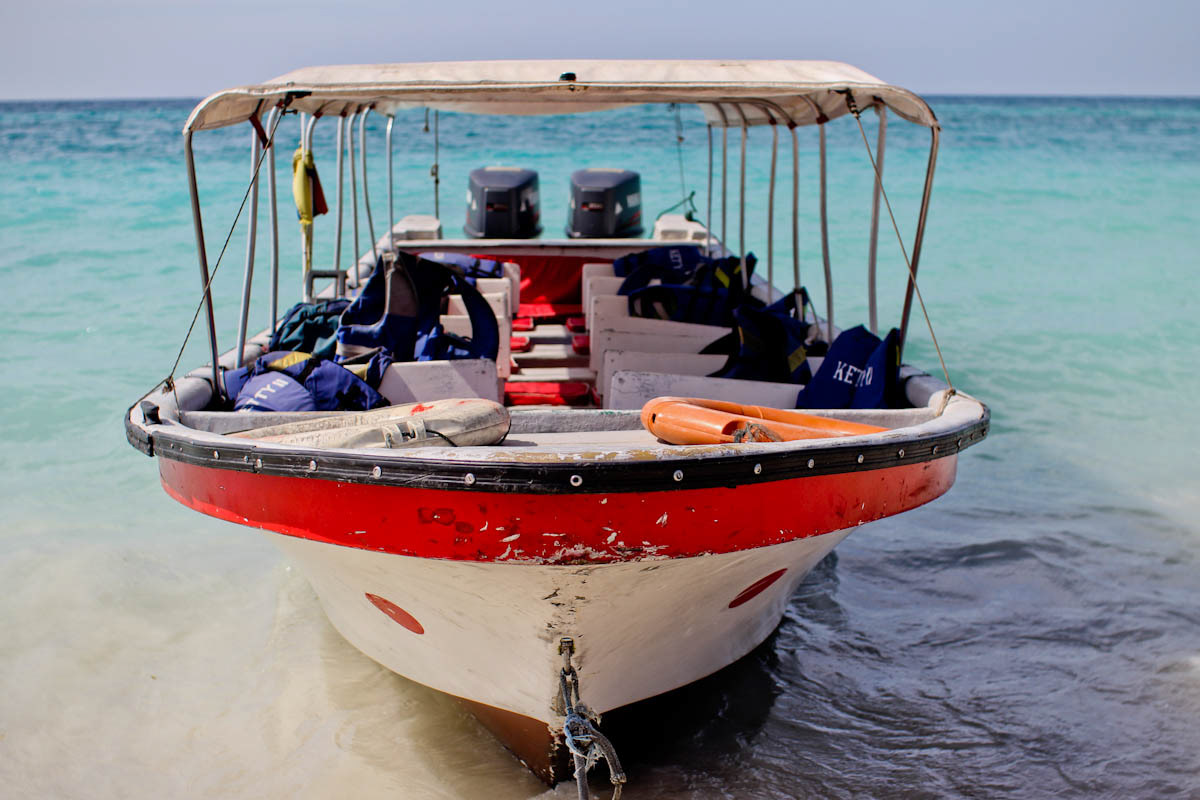



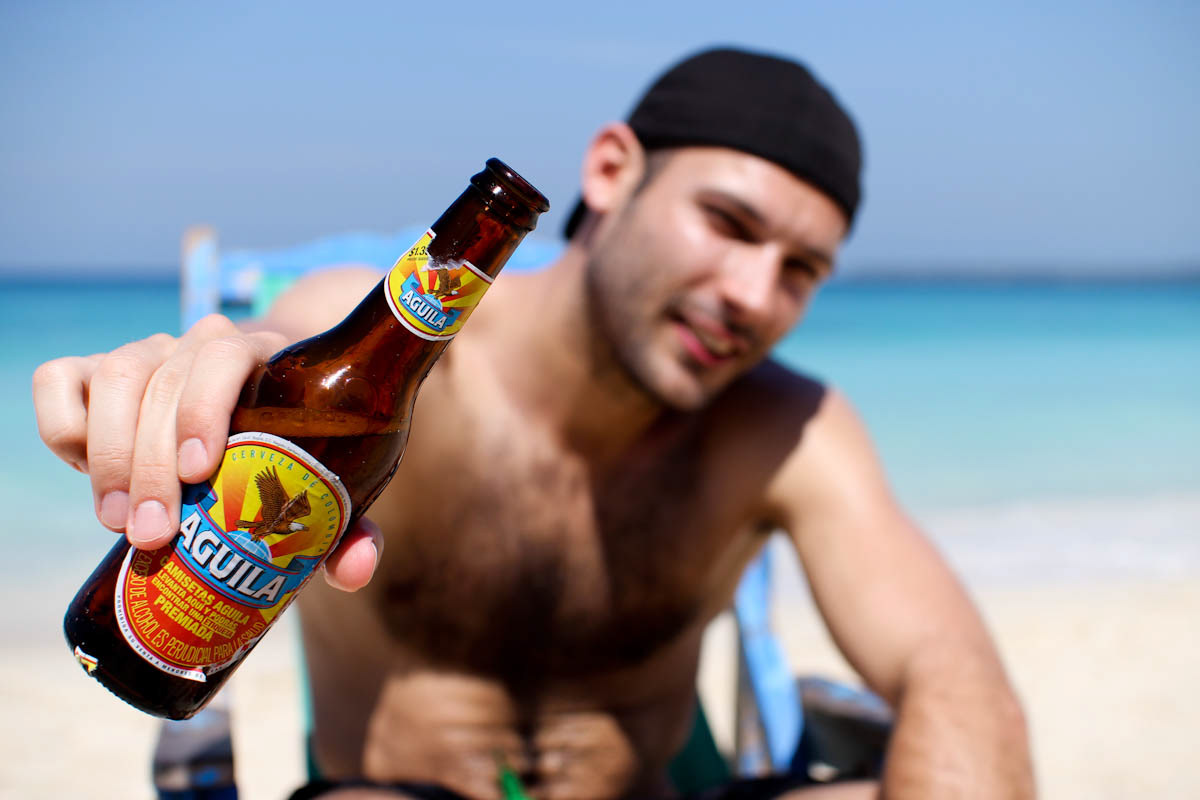
Safety and general quality of life improved significantly in the last decade in Colombia. Although the country has a turbulent and violent history and a long way to harmony among Colombian people in the future, the visitor has the feeling that, this time they are on the right track and that touristic slogan which says: "the only risk is wanting to stay" is absolutely true.

